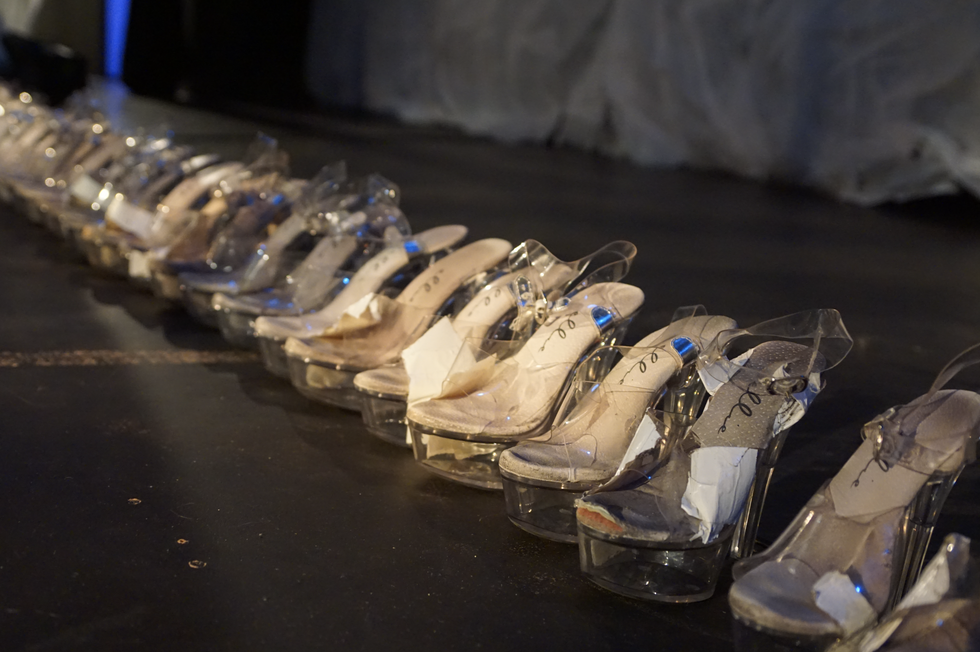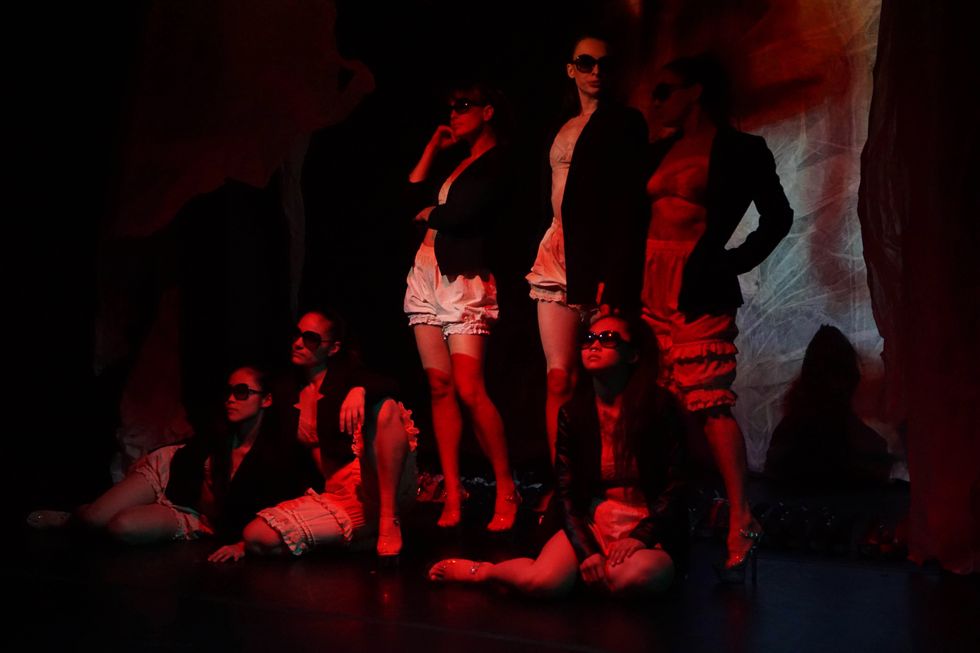What Does It Actually Cost to Produce a Dance Performance?
Right now, with all performances on hold, many dance companies are asking for patrons to consider donating the price of their tickets rather than asking for a refund. But few patrons understand how much it actually costs to put on a performance.
Of course, the numbers vary widely depending on the scale of the production. But to get one example of all that goes into self-producing a show, we asked dancemaker DeAnna Pellecchia of KAIROS Dance Theater to break down the finances of her company’s most recent full-length work, OBJECT, which was performed at Boston Center for the Arts three times in November.

Incubation vs. Production
“This project took over four years from start to finish. But I have calculated costs only from September 2019 to the November premiere, since this is when I actually started paying the dancers for rehearsals and paying for rehearsal space out of the company’s budget. I have a group of loyal dancers who rehearsed for free for four years (I paid them for performances out of the fees received from performing, and sometimes out of pocket).”
“The actual cost of rehearsal space rental for the time it took to make this project would be more like $3,900 per year (so $15,600 for the four years).”
“My technical director, whom I call the ‘MacGyver of all things,’ never stops working. The site visits, errands, permits, phone calls, emails, check-ins are endless. One person cannot get all of this done. Any choreographer new to this should know: Producing a show is a full-time job—and you have to do it in addition to all your other full-time jobs!”
Hiring on a Budget
“Two of my dancers were unpaid apprentices dancing smaller roles in addition to understudying larger roles.”
“I had an assistant and an intern working for free on this. Serious production prep started in May. Our intern worked through August, our assistant through the premiere.”
“My set designer recently graduated from college, and this was her first professional collaboration. She made the prototype of the set for our work-in-progress showing in April—she was reimbursed for supplies and travel expenses but not paid for that install.”
“Our in-house costume designer, who is a fashion designer, dyed the costumes and made eight masks completely for free. One of the dancers also assisted with altering/sewing.”
“A professional graphic designer designed all our postcards and posters, and our merchandise, for free. She also provided us with social media promo graphics and images.”
“Our videographer, a close personal friend, filmed two nights from multiple camera angles. He is giving us a full-length edited version of each night, a one-minute promo video, a five-minute promo video and documentation of the Q&A for $3,000. He would normally charge $4,500-plus.”
“Our PR manager was worth his weight in gold. I was offered a friends-and-family discount of $2,000 per month (instead of $3,000). I feel like I underpaid him. He secured 16 clips from 14 outlets: two preview features, two reviews, five “critics’ picks” and seven calendar listings. The clips had a total reach of at least 8.4 million readers and viewers.”
“My stage manager has been working with me for 20 years, does way more than her job description and does it for very cheap.”

Golden Lion Photography, Courtesy Pellacchia
Thrifty Rentals
“The theater rental was sliding-scale subsidized. Because our operating budget is under $100,000 annually, it cost us only $1,600 for the week. We had 24/7 access for seven days leading up to the performance. No other theater in Boston comes close to this pricing.”
“We rented two projectors from a local theater company for $200, which is unheard of. I recommend trying to find a fellow nonprofit to rent equipment like this—professional rental companies are very expensive, and this is a nice way to support fellow artists.”
Compensating the Dancers
“KAIROS became a registered nonprofit in January 2019, and I launched some serious fundraising initiatives to finance the show and start paying the dancers an hourly rehearsal fee. I don’t pay myself an hourly rehearsal rate, but hope to do that eventually.”
“I feel it’s my responsibility to provide the dancers with PT during performance weeks. Our PT was only available one day for two hours, otherwise I would have had her back for another day.”
“I wanted a preshow event that brought audiences into the world I was creating right from the second they entered the building. I hired three cabaret-style performers to perform in the lobby and two pole dancers to perform onstage.”
“I paid myself $1,000, which reimbursed me for things I have been paying for, like rehearsal space, for the last several years. I have probably spent 10 times that on production/marketing/promotional-related things since the beginning of the company in 2012.”
“My rehearsal director is invaluable, often acting as my sounding board, assistant choreographer and liaison with the dancers. She’s also my sound designer—if I had paid someone else it would have easily cost me thousands of dollars. She also organized the preshow, which included managing the preshow performers and a cash bar for which she had to acquire donated alcohol.”

Golden Lion Photography, Courtesy Pellecchia
What The Company Made Back
“Ticket prices ranged from $25 to $30, and the venue took an $8 fee. We were able to sell out (130 seats) both Friday and Saturday night, and Sunday was about two-thirds full, so we made $5,131.65 in ticket sales.”
“The cash bar was highly successful, making roughly $600 in profit. (All of the alcohol was donated.)”
“We had merchandise created, which cost us $750 and we made back about $200. The rest will end up being given away to donors and others as gifts.”



